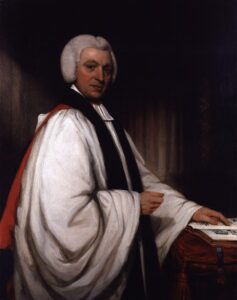Description

Souce: Wikipedia
Howley was Archbishop during the Sacramental Test Act 1828 (repealing the Test and Corporation Acts), the Roman Catholic Relief Act 1829 and the Great Reform Act 1832. The bench of bishops was generally opposed to all three measures. As archbishop, Howley was their spokesman, and his heart-felt opposition to the Great Reform Act led to his carriage being attacked in the streets of Canterbury.[5]
Like very many other bishops at that time, Howley was an “old-High Churchman.” These inherited a tradition of high views of the sacraments from the Caroline Divines and their successors. They held Catholic beliefs but were consistently anti-Roman. In this they differed from the more extreme Tractarians and their beliefs were often obscured,[how?] for example, in Richard William Church‘s classic account of the Oxford Movement.
Archbishop Howley presided over the coronation of William IV and Queen Adelaide in 1831. He supported William IV in blocking the appointment of Connop Thirwall.
At 5.00 a.m. on 20 June 1837, accompanied by the Lord Chamberlain, the Marquess Conyngham, the Archbishop went to Kensington Palace to inform Princess Victoria that she was now Queen of the United Kingdom of Great Britain and Ireland. He presided at her coronation on 28 June 1838.[6]
Architecture was of particular interest to him. During his career, he initiated the renovation and rebuilding of: his official house at Oxford, his town residence while Bishop of London (32 St James’s Square), Fulham Palace (also while he was Bishop of London), and finally, extensive renovations to Lambeth Palace. This last project was a virtual reconstruction of the Palace carried out by Edward Blore, the work beginning after 1828 and done mainly in the Gothic Revival style. It took several years and cost upwards of £60,000.

